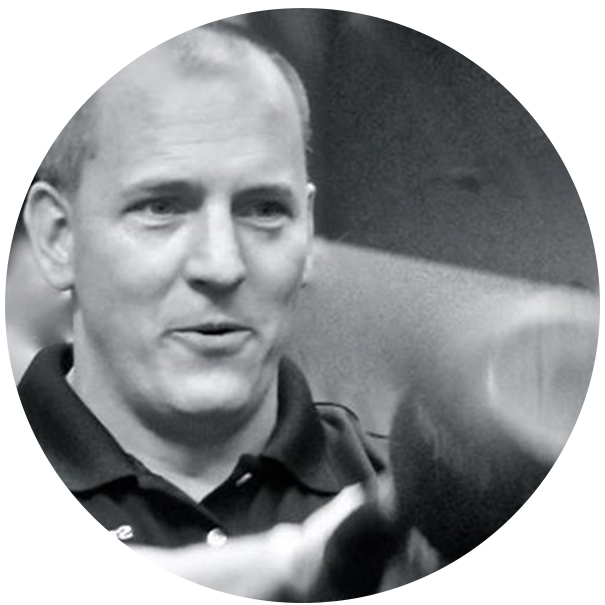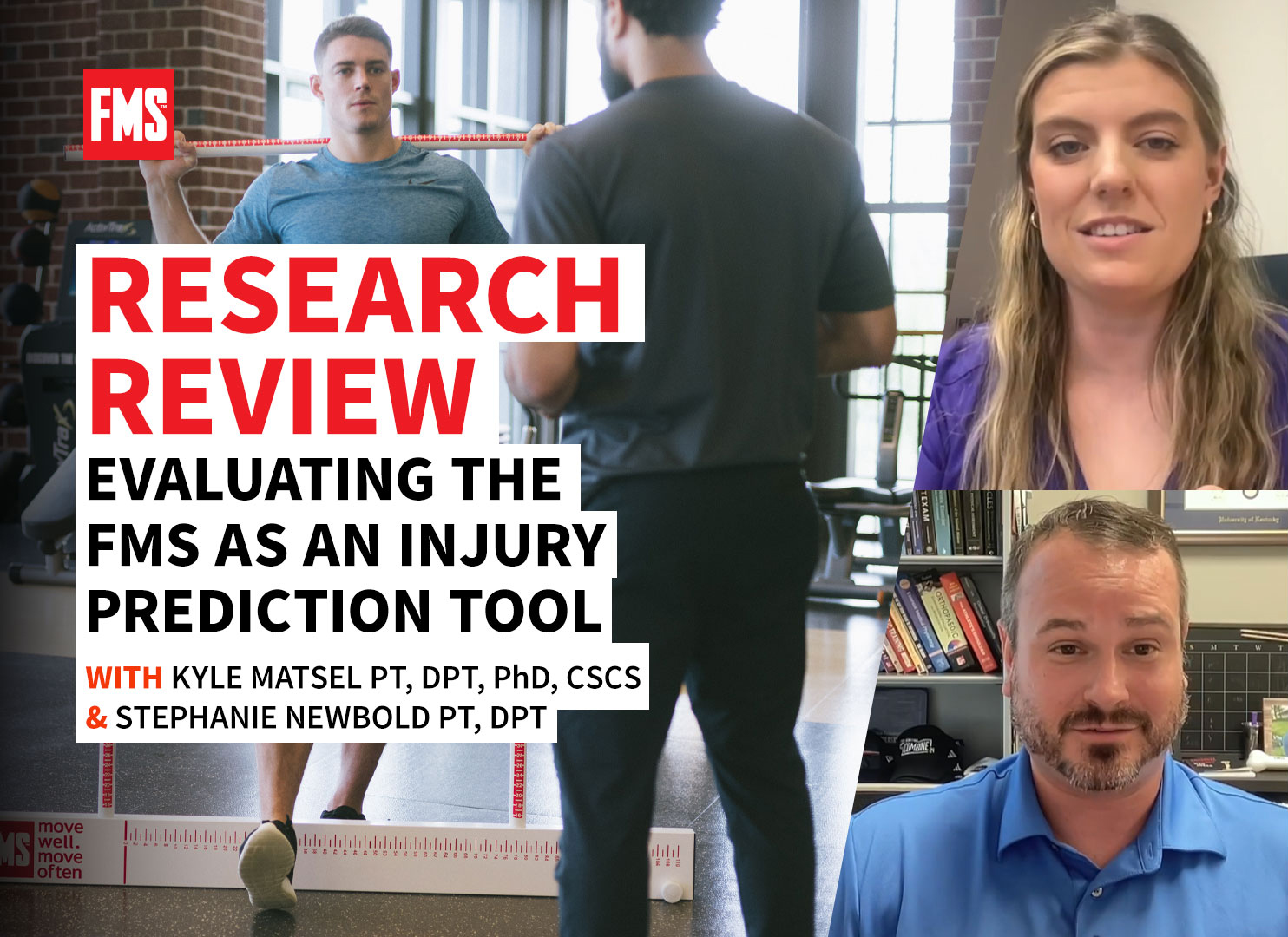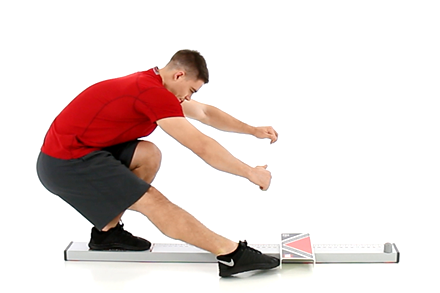The Power of First Impressions
Written by Brett Jones FMS
There is an old truism about first impressions. While I’m not sure you never get to make a new one, I do know the first impression is powerful. What is your first impression to a new client? Some tips to get off to a good start.
- Look professional
- Smile and greet them by name
- Show them the facility and make them comfortable
- Have a standard operating procedure that coordinates client intake
Wait, what?
A standard operating procedure as part of a first impression?
Consider the following quote:
“If you can’t describe what you are doing as a process, you don’t know what you’re doing.” W. Edwards Deming, famed American engineer, statistician, professor, author, lecturer, and management consultant.
Another old truism is nobody cares how much you know until they know how much you care. It is common to try to impress new or prospective clients by “dropping knowledge bombs,” or giving them a “tough” workout, but it can overwhelm the client and it makes it about you, not them.
So, the first step in a standard operating procedure for client intake is to have a conversation. Ask about their background (work, exercise, sports) and develop rapport to show you are interested in them.
Why ask about work? Those chronic postures and stresses might impact their movement and stress.
Why ask about exercise? You may discover important clues about consistency and previous success and failures.
Why ask about sports? Prior sporting experience can provide shortcuts from a coaching perspective by tapping into previously known skills and certain sports come along with certain injury risks or pattern overload that might be important.
Once you have the groundwork and some rapport built it is time for a critical part of the client intake—medical and injury history. Why is it so important? Medical history, conditions, and medications can have a profound impact on exercise programming. Injury history can provide “red flags” to be aware of in movement screening and exercise.
The Mystery of the History
Be wary here of what trailblazing Physical Therapist Florence Kendall once called the “mystery of the history.” What’s the mystery, you ask? I mean you asked, and they answered, so where’s the mystery?
Allow me to answer with a story from my own experience working with clients.
I was working with a client, cleared to exercise, with a history of back pain. For six months I asked every session if he had ever injured his back. For six months I was told no. And then he remembers the ostrich racing injury. You read that correctly, an ostrich racing injury. When on a trip in Africa he volunteered to race an ostrich and when they took the blinders off of the ostrich, the ostrich took off but he was hanging in midair till he fell to the ground. Sounds like something straight out of Looney Tunes, but he sustained multiple compression fractures in his lumbar spine. But, for six months he had told me that he had never injured his back.
What causes the mystery? Memory and hesitancy. Memory because people sometimes honestly forget that something happened. Hesitancy because even though you have developed some rapport they may not feel ready to divulge the procedure or injury in their past.
Now, we get to the paperwork—Training Agreement, Release of Liability, and Medical/injury/exercise history forms or whatever is required by your facility. Now is the ideal time to have your new client complete any required paperwork. Why not a first thing? Rapport. You know what it is like to go into a doctor’s office, be handed paperwork, and told to come back up when it is complete. Did they even ask your name? Do you want that to be the first impression?
This serves another purpose of double-checking the histories. Having to fill out medical, injury, and exercise history forms may “jog” the memory and bring some things to light. Asking the same question 2-3 times is not a bad idea. Reduces the mystery.

Selling the Screen
A foundation has been developed and now it is time for the FMS. How do I “sell” it to the client? Share the principles that explain why screening allows you to build the best program for your new client, providing direction on how to best help them achieve their goals – which you’ve already identified.
Principle #1—Move Well. Move Often
I want to make sure you move well enough to have a positive response to your training.
One sentence, but a powerful statement. It places the focus on the individual and their success.
Principle #2—Protect. Correct. Develop
We want to identify movements to develop, movements to improve, and movemetn to avoid (for now). This will allow us to individualize your program and find your biggest opportunites. It will be built just for you, based on you.
Principle #3—SOP
This is my standard operating procedure so we develop the best program for you. No guessing, no assumptions. Decision based on you.
“Without a standard, there is no logical basis for decision making or taking action.” Joseph M. Juran, an engineer and management consultant who dedicated his life’s work to quality control and improvement.
The Checklist
Conversation
- Meet and Greet
- Fitness & Exercise Goals
- Work Environment
- Exercise experience, history, preferences
- Sports Background
- Medical and Injury History (Verbal)
Paperwork
- Release of Liability Form
- Training agreement Form
- History Forms (medical, injury, exercise)
Vision and Planning
- Explanation of Principles
- Functional Movement Screen
- Program development & execution
Author
 Brett Jones, StrongFirst Director of Education, is a Certified Athletic Trainer and Strength and Conditioning Specialist based in Pittsburgh, PA. Mr. Jones holds a Bachelor of Science in Sports Medicine from High Point University, a Master of Science in Rehabilitative Sciences from Clarion University of Pennsylvania, and is a Certified Strength & Conditioning Specialist (CSCS) from the National Strength and Conditioning Association (NSCA).
Brett Jones, StrongFirst Director of Education, is a Certified Athletic Trainer and Strength and Conditioning Specialist based in Pittsburgh, PA. Mr. Jones holds a Bachelor of Science in Sports Medicine from High Point University, a Master of Science in Rehabilitative Sciences from Clarion University of Pennsylvania, and is a Certified Strength & Conditioning Specialist (CSCS) from the National Strength and Conditioning Association (NSCA).
With over twenty years of experience, Brett has been sought out to consult with professional teams and athletes, as well as present throughout the United States and internationally.
As an athletic trainer who has transitioned into the fitness industry, Brett has taught kettlebell techniques and principles since 2003. He has taught for Functional Movement Systems (FMS) since 2006 and has created multiple DVDs and manuals with world-renowned physical therapist Gray Cook, including the widely-praised “Secrets of…” series.
Brett continues to evolve his approach to training and teaching and is passionate about improving the quality of education for the fitness industry.
He is available for consultations and distance coaching by e-mailing him at appliedstrength@gmail.com.
Related Resources
Please login to leave a comment
2 Comments
-

Christopher Chapleau 3/30/2022 12:46:12 PM
Wonderful words of wisdom! Thank you!
-
Sarah Libbrecht 4/5/2022 12:14:03 PM
Great article with helpful reminders Brett. It is time to revisit my SOPs since being online these past couple of years so this was timely for me. Thanks! Hope you are doing well, and the cat(s) too ;-).







